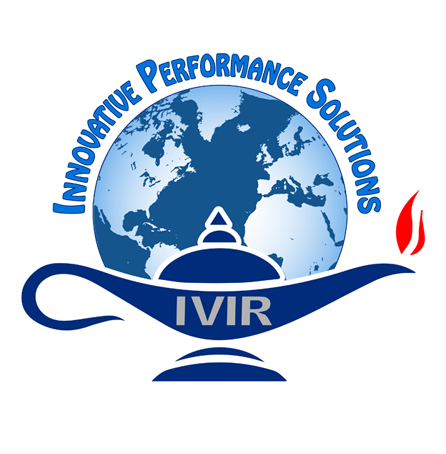
Developed Phase Concepts
Information Visualization and Innovative Research, Inc. (IVIR), was originally founded in response to the training needs of the military medical community who has made the commitment to care for our Warriors serving to protect the United States of America. Our team of professionals comprises years of comprehensive experience focusing on cutting-edge medical simulation research and product development that incorporates modeling and simulation for use in Medical Education and Training.
To meet the projected training needs, IVIR has developed a phased concept for accomplishing the required product work based on utilizing systems models. As such, a systems-based approach is used to guide the development of the initial prototype systems and to provide context for outcomes that are directly tied to the initial deliverables as well as to the macro-medical training and performance environment.
There are several models utilized to guide the Analysis, Design, Development Implementation and Evaluation (ADDIE) of a product and/or system and accompanying research as required. The first is the Human Performance Technology (HPT) Model, which starts from the premise that the primary performance metric is defined as the gap between the current situation and the desired end state, and therefore the effectiveness of any given performance intervention has to be judged as to whether it effectively bridges the identified performance gap. The Instructional Systems Design (ISD) model provides a systems approach for designing an instructional system that enables a learner to achieve instructional goals and performance objectives. Both the HPT and ISD models are used to guide the research and analysis for identifying the instructional content and capabilities of the product/system requirements and to provide the instructional criteria for the development.
The final model is the Agile process, which is an adaptive, systematic planning methodology in which solutions evolve through the collaborative efforts of cross-functional teams. Each team is assigned a manageable subcomponent of the project. This is carried through a series of iterative cycles. At the end of each cycle, the result is vetted by internal and external stakeholders (depending on the subcomponent) and the cycle is complete when the subcomponent meets the completion criteria and can be incorporated into the larger product.



